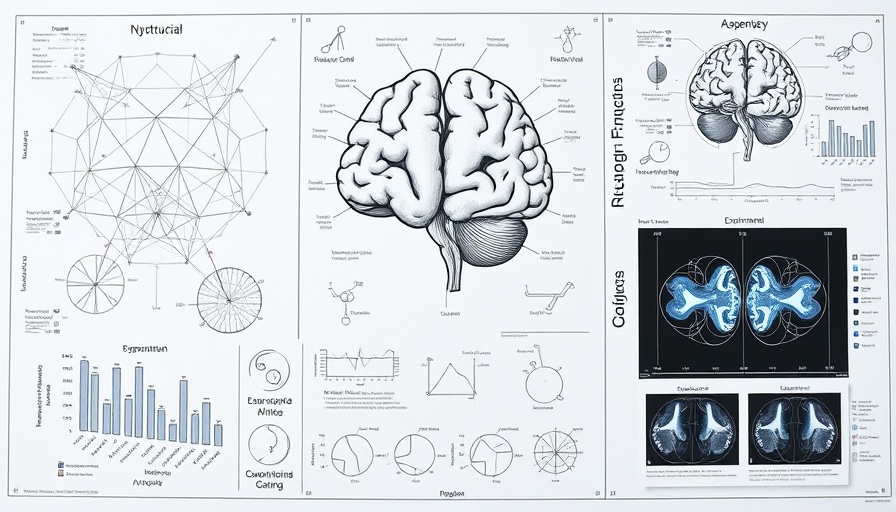
Understanding the Forgotten Thalamus: A Gateway to Treatment
The thalamus, often overshadowed by more famous brain regions such as the cortex and hippocampus, is emerging as a pivotal player in cognitive functions and neurodevelopmental disorders. Researchers have long known that this critical brain structure serves as a relay station for sensory information, but recent findings suggest that understanding its role in memory and learning could open new avenues for therapeutic intervention.
The Surprising Role of the Thalamus in Memory
Dr. Chinfei Chen's experience with a patient suffering memory loss due to a small stroke in the thalamus piqued her interest in this underexplored region. This patient's case challenges the traditional notion that memory encoding is solely the province of the cortex and hippocampus. Instead, it raises crucial questions about the thalamus' contribution to memory formation and cognitive processes.
Plasticity in the Thalamus: The New Frontier
In a groundbreaking study published in the journal Neuron, Dr. Chen's team demonstrated that the thalamus is not just a passive conduit but is capable of actively updating its connections based on experiences. Through experiments involving visual stimuli, they found that the lateral geniculate nucleus (LGN)—a thalamic structure—exhibited plasticity, enabling it to adapt and modify its response patterns based on sensory input. This discovery suggests that interventions targeting the thalamic circuitry may hold therapeutic promise for neurodevelopmental disorders.
The Implications for Neurodevelopmental Disorders
As research expands in this area, the implications for treating disorders such as autism spectrum disorder (ASD) and attention deficit hyperactivity disorder (ADHD) become increasingly apparent. These disorders are often accompanied by impairments in cognitive function and sensory processing, areas where the thalamus plays a crucial role. By focusing on the thalamus, clinicians might be able to develop targeted therapies that promote cognitive flexibility and resilience in patients.
Moving Beyond Conventional Approaches
The traditional treatment modalities for neurodevelopmental disorders often emphasize pharmacological interventions or behavioral therapies focused on the cortex. However, as evidence mounts for the thalamus's substantial role in cognitive functions, there is a growing need for a paradigm shift. Innovative approaches that integrate cognitive training with therapies aimed at enhancing thalamic function could vastly improve treatment outcomes.
Future Directions in Thalamic Research
The future of thalamic research is bright as new technologies enable deeper investigations into its functions. Understanding how the thalamus interacts with other brain regions during different developmental stages may provide insights into when and how therapeutic interventions should be applied. By focusing efforts on this critical brain hub, researchers hope to unravel the complex neural networks that influence cognitive development and functioning.
Be Part of the Conversation
As the scientific community uncovers more about the thalamus, individuals interested in health and wellness should engage with ongoing research and consider its implications for neurodevelopmental disorders. Attending local health seminars, engaging with health and wellness blogs, and following relevant studies can help us adopt a proactive approach in understanding and enhancing cognitive health.
The potential of the thalamus in therapeutic applications is still being realized. As more research becomes available, both healthcare providers and patients may benefit from a broader understanding of how this brain region affects cognitive health and overall well-being. Engaging with the community through health and wellness events and discussions can help provide a platform for these important topics.
 Add Row
Add Row  Add
Add 




 Add Row
Add Row  Add
Add 


Write A Comment